Catawba Riverkeeper
Streambank Repair Assessment Protocol
Catawba Riverkeeper Foundation
Assess Your Streambank for Repair Eligibility
The Catawba Riverkeeper Streambank Repair Assessment Protocol was developed to help both Catawba Riverkeeper scientists and individual landowners evaluate the health of stream segments throughout the Catawba-Wateree River Basin.
Utilizing this assessment protocol will allow users to quantify stream health, and results can be used to identify appropriate restoration approaches.
This protocol was adapted from visual assessment resources from the USDA, the University of Georgia, and Mainspring Conservation Trust.
Streambank Repair Assessment Protocol How-To Video - Coming Soon!
Watch this video to hear from our South Fork Watershed Manager, Jenn Dunn, on how to complete the Streambank Repair Assessment Protocol.
Assessment Overview
Learn more about what the assessment entails.
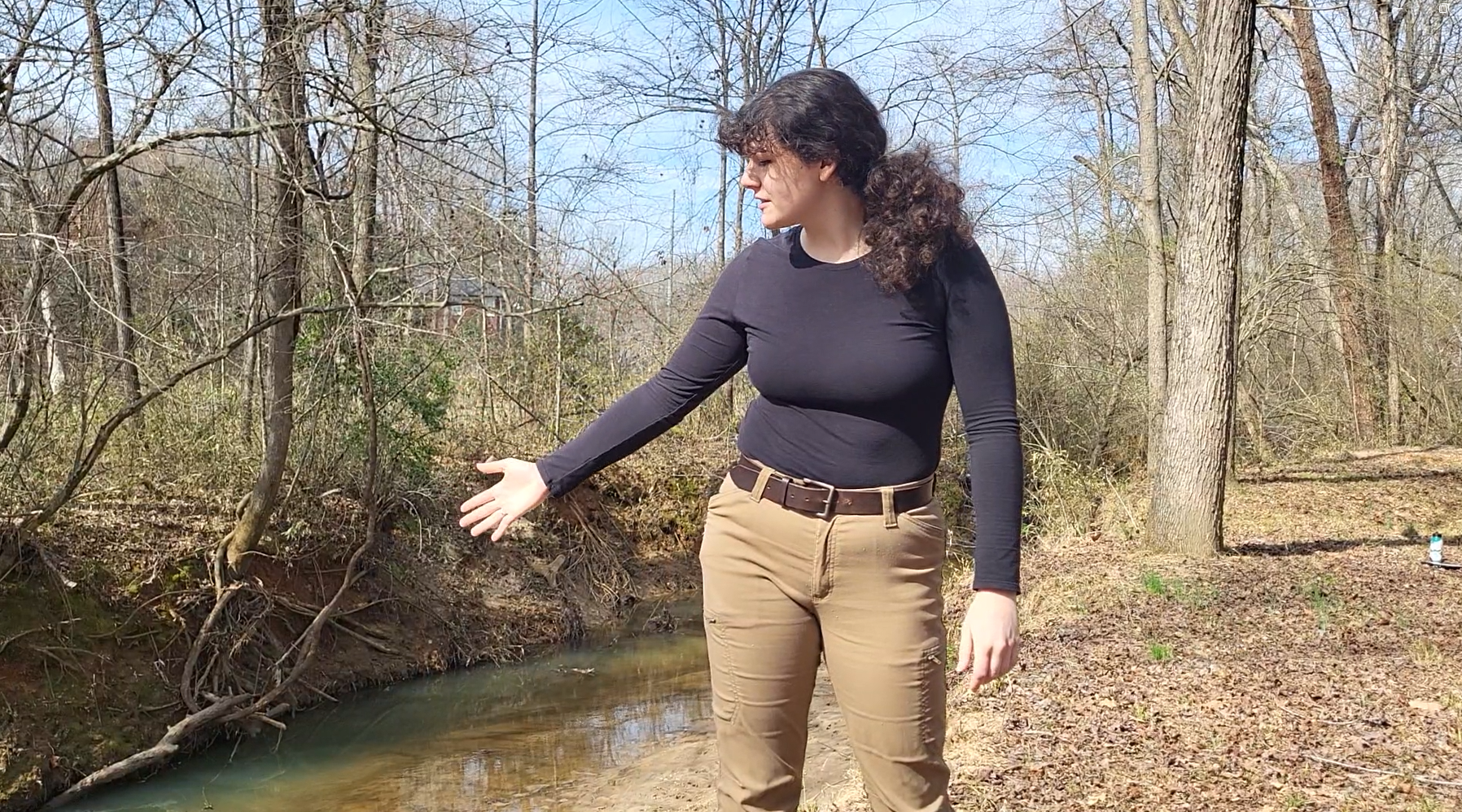
Assessment Steps
Step 1
Select a contiguous section of stream at least 300 ft. in length (think of the size of a football field). If your property does not extend 300 ft., then assess the entire length of the stream on your property. Values should be representative of the entire reach (i.e. do not just evaluate the best or worst parts of the stream).
Step 2
Orient yourself so that you are facing downstream. When we refer to the right bank or left bank in the assessment, we are referring to each bank from the perspective of looking downstream.
Step 3
Use the Streambank Repair Assessment Protocol Form to assess the following 7 elements of you streambank: 1. Bank Condition 2. Streamside Vegetation Quantity 3. Streamside Vegetation Quality 4. Canopy Cover 5. Water Appearance 6. Pools 7: Fish Habitat. You will rank these elements on a scale of 1 to 4 (unhealthiest to healthiest).
Step 4
Complete the scoring sheet (located in the form linked above) to quantify the health of your streambank.
- 1.0 - 1.8 = Very Poor
- 1.9 - 2.5 = Poor
- 2.6 - 3.1 = Fair
- 3.2 - 3.6 = Good
- 3.7 - 4.0 = Excellent
Step 5
Make a plan for your streambank based on your score. View the drop-down menu below to see our recommendations for each score level.
Excellent (3.7 - 4.5)
If you receive an Excellent, 3.7 – 4.0, consider putting your land into a conservation easement. A conservation easement would protect your land from development in the future and keep your healthy ecosystem thriving.
Learn more about putting your land into a conservation easement with one of these land conservancies:
Fair to Good (2.6 - 3.6)
If you receive a good or fair rating, you may be a candidate for live staking restoration. Click here to learn more about live staking. If this is a project you would like to pursue, you can reach out to Catawba Riverkeeper with a detailed summary of your property and pictures of the surveyed area.
If the Catawba Riverkeeper deems your property to be a live staking restoration candidate, we will provide you with live staking materials and training. Live staking will help your streambank have a better riparian buffer, which will work to reduce erosion and protect both your land and our shared waterways.
Completing the Streambank Repair Assessment Protocol form will submit your results to Catawba Riverkeeper. If you have any questions or would like to follow up about your results, please contact South Fork Watershed Manager Jenn Dunn at jenn.d@catawbariverkeeper.org.
Very Poor to Fair (1.0 - 2.9)
If you receive a score that falls in the range of 1.0 - 2.9, then the restoration work needed for your property is too great for Catawba Riverkeeper to assist with.
However, if your property is considered “Agricultural Land," you may be able to seek restoration assistance from the Natural Resource Conservation Service (NRCS). Their programs help farmers and ranchers strengthen their farming techniques and repair their land. More information for North Carolina and South Carolina can be found on their website.
For forested land or residential landowners, we recommend contacting the local soil and water conservation district representative for your county. (Click here to access the NC District Directory. Click here to to access the SC District Directory).
Another option for restoration is to place your land into a conservation easement. Grant funding may be available for streambank restoration in conservation easements. Visit these organizations' websites to learn more and inquire.
Completing the Streambank Repair Assessment Protocol form will submit your results to Catawba Riverkeeper. If you have any questions or would like to follow up about your results, please contact South Fork Watershed Manager Jenn Dunn at jenn.d@catawbariverkeeper.org.
Elements to Assess
To assess your streambank using this protocol, you will look at the following 7 elements and rank them on a scale of 1 to 4 (unhealthiest to healthiest). Use the Streambank Repair Assessment Protocol Form to view the guidelines for each ranking and assess your own streambank.
Element 1: Bank Condition
Look at the slope of the streambank, amount of vegetation and human-made structures, erosion, and livestock.

Element 2: Streamside Vegetation Quantity
Look at the amount of undisturbed vegetation on the streambank.

Element 3: Streamside Vegetation Quality
Look for the presence and abundance of the 3 major plant heights (1. Trees 2. Small Trees & Bushes 3. Grasses & Forbs) along the streambank.
Element 4: Canopy Cover
Estimate the percentage of the area of the stream's surface that is shaded by the tree canopy (when the sun is directly overhead and leaves are present).

Element 5: Water Appearance
Look for the clarity of the water and for the presence of motor oil sheen on the water's surface.
Element 6: Pools
Look for sections of the stream that are deeper than the surrounding streambed and have slower-moving water.
Element 7: Fish Habitat
Look for the presence of 10 different types of fish habitat (1. Logs 2. Large Boulders 3. Undercut Banks 4. Cobble Riffles 5. Macrophyte Beds 6. Small Wood Accumulations 7. Small Boulder Clusters 8. Off-Channel Habitats 9. Leaf Mats 10. Overhanging Vegetation)
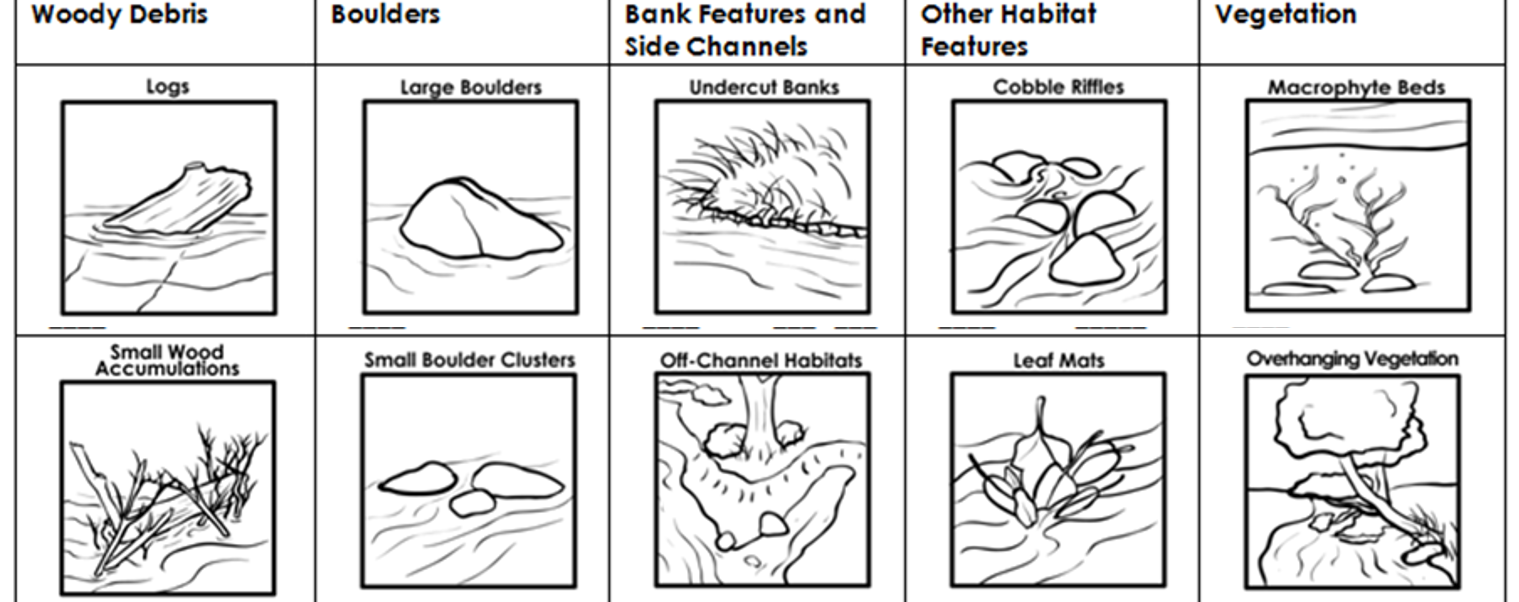
What is Live Staking?
Live stakes are branch cuttings from native trees and shrubs that are planted along streambanks and shorelines to increase riparian buffers. Once planted, live stakes grow root systems that hold soil in place and prevent erosion into lakes, rivers, and streams. This low-cost method of streambank stabilization can greatly reduce erosion and sediment pollution in our waterways, improve water quality, and provide habitat for fish and wildlife.
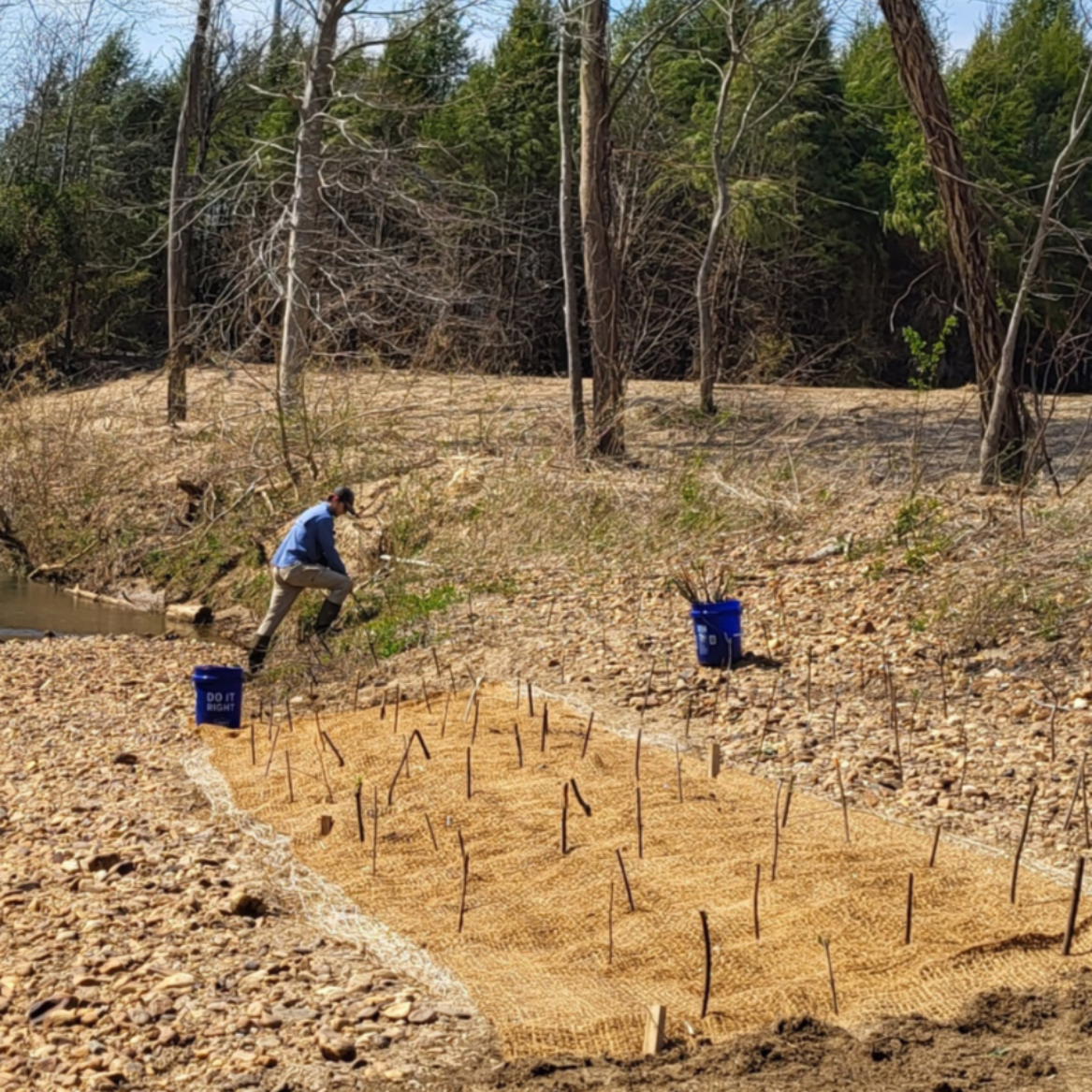
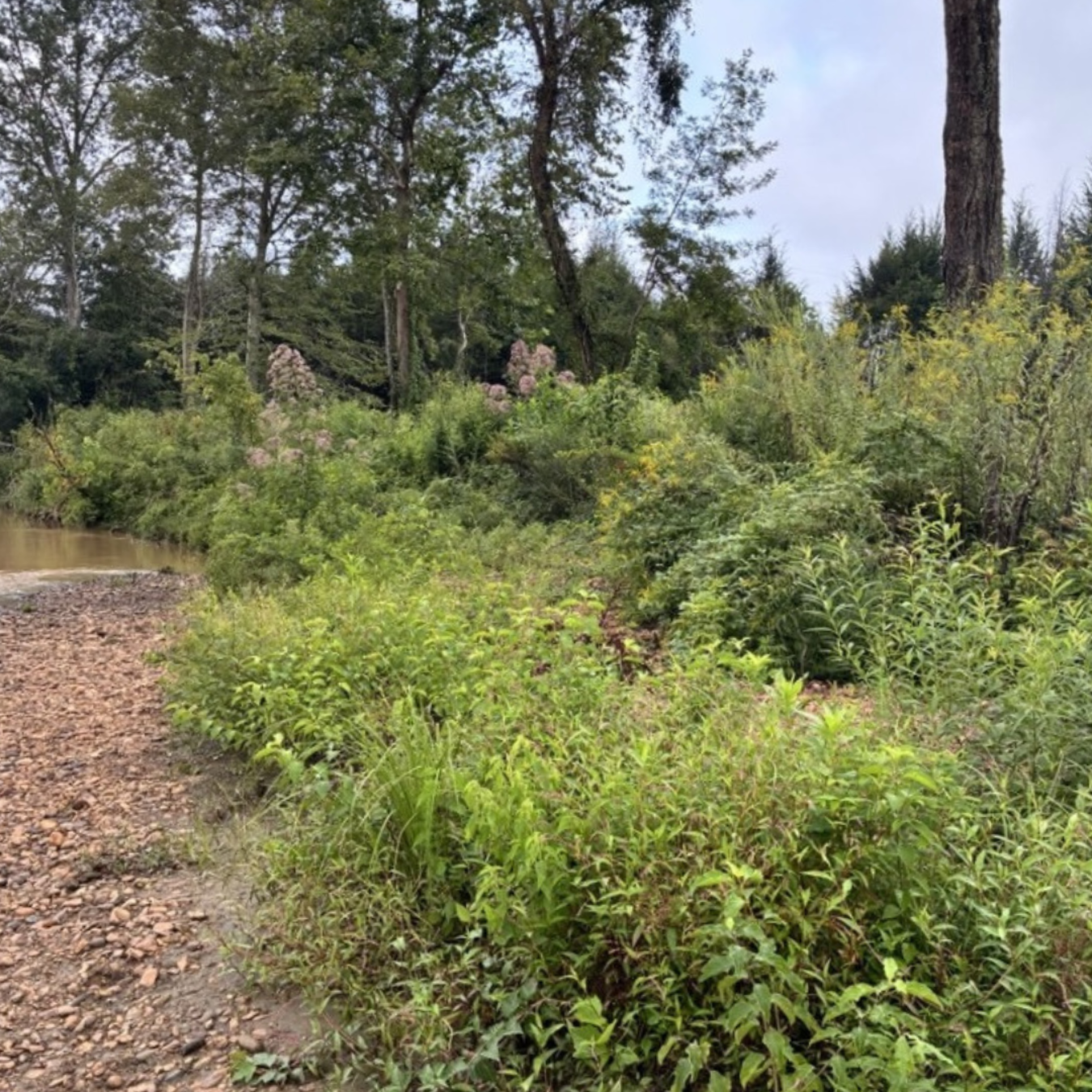
Support Our Foundation
Let's protect the Catawba River!
The Catawba Riverkeeper Foundation is working towards clean, plentiful water now and for generations to come.

